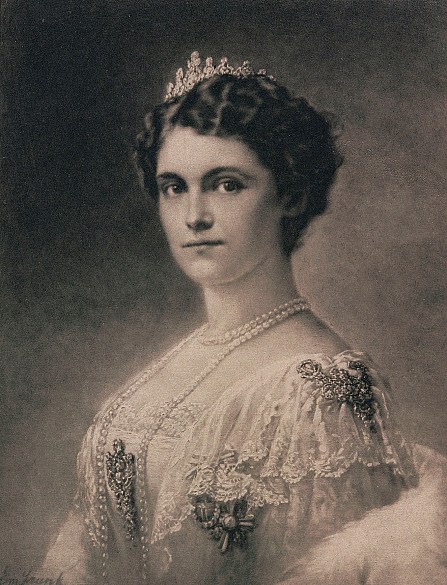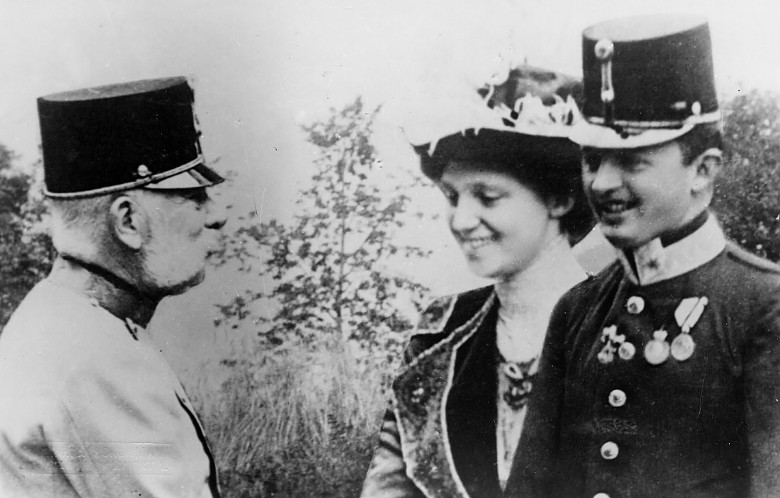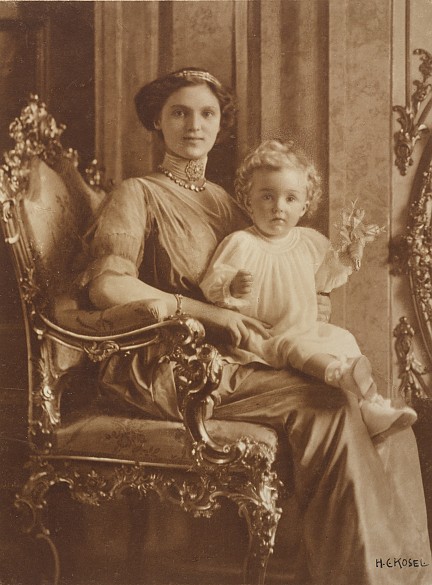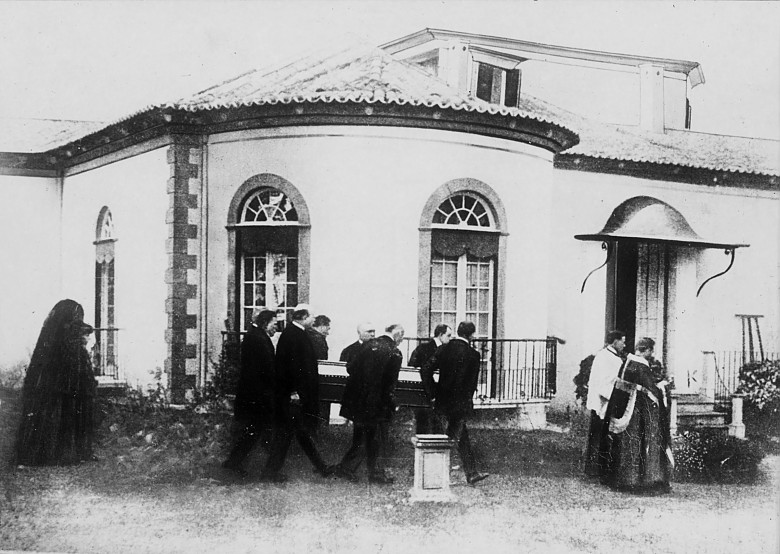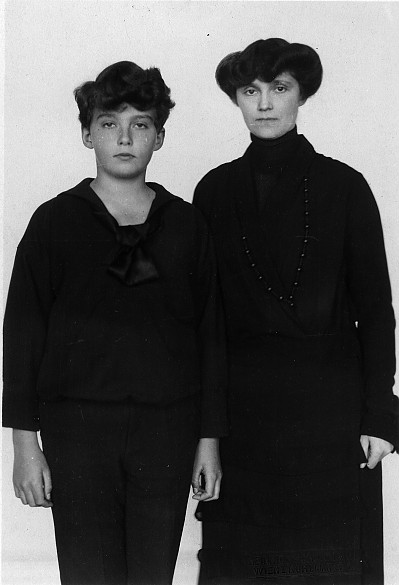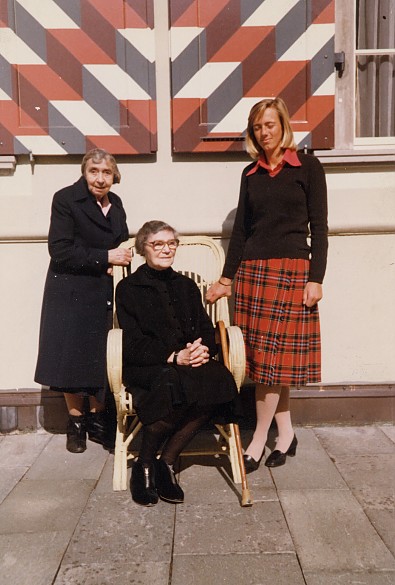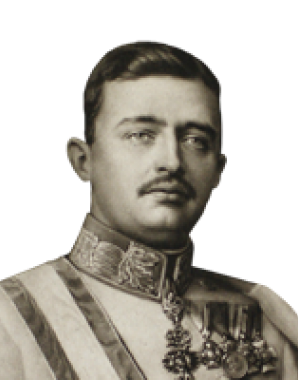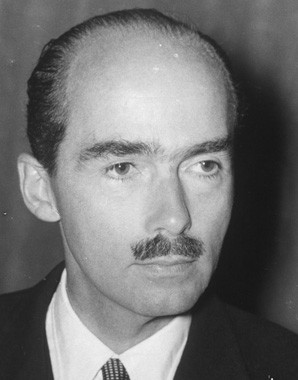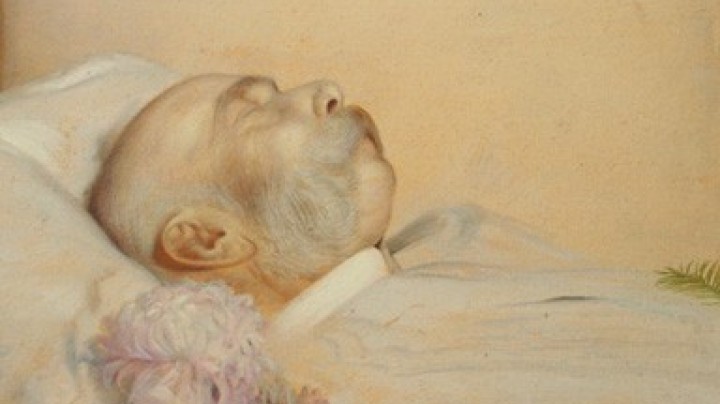Zita, the last empress
Born on 9 May 1892, Zita was the daughter of Duke Robert of Bourbon-Parma (1848–1907), the last sovereign of the minor northern Italian duchy before the unification of Italy, and the latter’s second wife, Maria Antonia von Braganza (1862–1959), who was a member of the Portuguese royal family.
Zita grew up in a large family in which several languages were spoken, and her upbringing and education were shaped by strict Catholic principles.
Her childhood was spent partly at the Villa Borbone delle Pianore in Camaiore on the coast of Liguria (Italy) and partly at Schloss Schwarzau in Lower Austria. There the family cultivated close contacts with exiled monarchs and their supporters who had been granted exile in Lower Austria as guests of Emperor Franz Joseph. Frohsdorf for example was the seat in exile of the Spanish Carlists, while the Portuguese Miguelists had settled in Seebenstein. This background was to have an enduring influence on Zita’s views, confirming her legitimist principles.
It was at Schwarzau that Zita was married to Archduke Karl of Austria on 21 October 1911. The occasion was recorded on film, one of the very few cinematic documents of the imperial family’s private life.
The marriage of Zita and the designated heir to the Austrian throne and later emperor Karl I seems to have been very happy. Biographers unanimously agree that Zita had great influence over Karl. With her energetic personality and her unbending will she pushed her vacillating husband to arrive at decisions. As empress she had a politically significant position and accompanied her husband, who was her intellectual inferior, wherever he went. Her influence on Karl’s politics can be seen clearly in the Sixtus Affair, in which she was heavily involved. When this secret peace initiative failed, Zita was vilified as a traitor by German Nationalists because of her Bourbon descent.
Even after Karl’s fall from power Zita continued to be his most important source of support in exile. She accompanied her husband on his second failed attempt to restore himself to the throne in Hungary and followed him into exile. After his early death in 1922 Zita assumed the role of defender of the dynastic rights of her eight children, the last of whom was born after Karl’s death. She systematically brought together all the legitimist monarchist movements in Central Europe and built up her eldest son Otto as pretender to the Habsburg throne, actively supporting him in his political ambitions after he gained his majority. Thanks to her authority, the former empress became the central figure in the Habsburg-Lorraine family in the difficult times after the loss of the crown.
During the Second World War, which she spent in exile in Canada, she became an influential advocate for the restoration of Austria’s independence, but after 1945 she mainly focused her energies on the beatification process for her late husband. From the early 1960s Zita lived a secluded life in a Catholic old-age home in Zizers in Switzerland. She gave numerous interviews in which she proved to be an interesting witness to her times. However, her memoirs give a very subjective and in some respects historically distorted picture, glorifying her as the militant defender of Habsburg claims.
Reconciliation with the Republic of Austria was finally achieved in 1982, when the former empress, who had been denied entry to Austria, was allowed to set foot on Austrian soil for the first time again on the initiative of Federal Chancellor Bruno Kreisky.
Zita died on 14 March 1989 in Zizers at the age of 96. She was interred according to Habsburg dynastic tradition in the crypt of the Church of the Capuchin Friars in Vienna. However, her heart was buried in the new Habsburg family crypt at Muri Abbey in the northern Swiss canton of Aargau, in keeping with her last wishes as recorded in her will.
